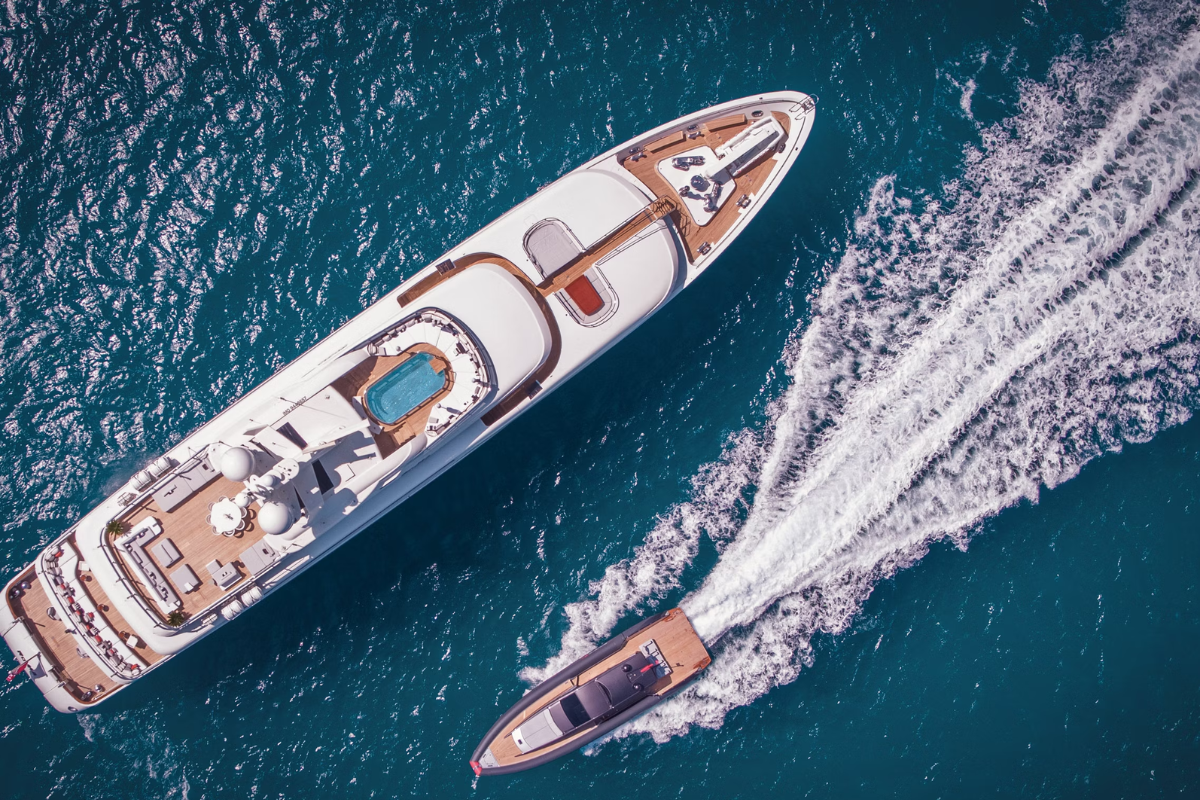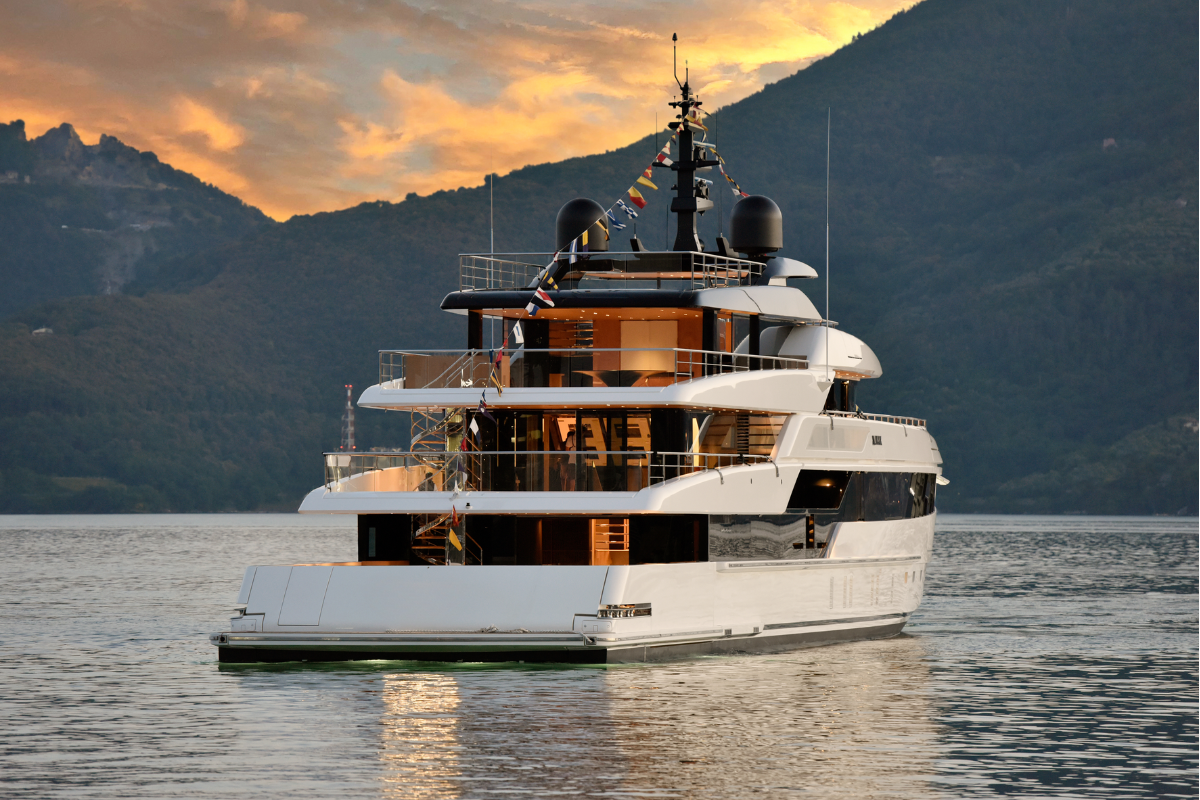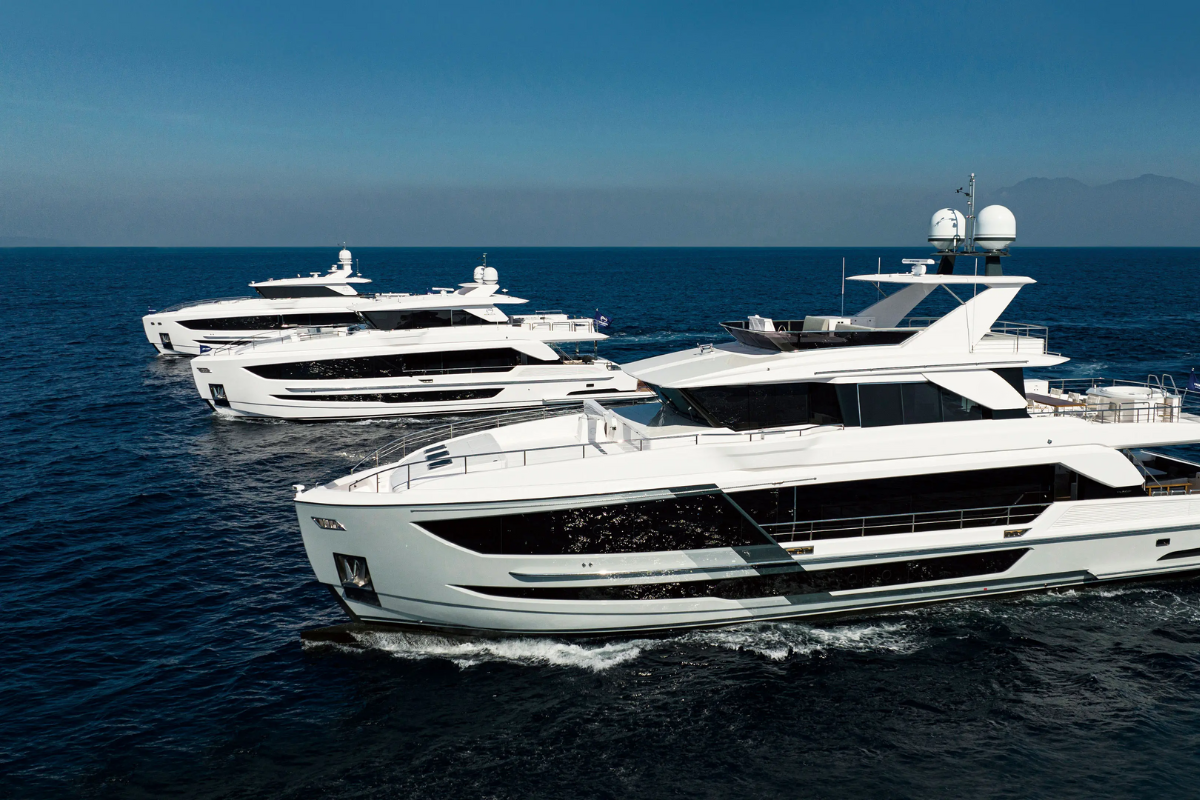CRO Best Practices for Marine Industry Websites
For any online brand selling a product or service from their website, having a high converting website is crucial for attracting customers and driving business growth. Whether you’re selling yachts, offering marine services, or running a marine eCommerce store, your website needs to do more than attract visitors—it must convert them into leads or customers.
This is where Conversion Rate Optimization (CRO) comes in. CRO focuses on enhancing your website to encourage users to take desired actions, such as booking a service, filling out a contact form, or making a purchase. In this article, we’ll dive into the best CRO practices tailored specifically for marine industry websites, ensuring you provide an exceptional user experience while boosting conversions.

Why CRO Matters for Marine Industry Websites
The marine industry faces unique challenges, including niche audiences, high-value products, and seasonal demand. A website optimized for conversions can help:
- Increase Sales: Transform website traffic into paying customers.
- Enhance User Experience: Make navigation intuitive and enjoyable.
- Maximize ROI: Improve the effectiveness of your marketing efforts.
By focusing on CRO, marine businesses can leverage their websites as powerful tools for growth.

1. Simplify Navigation
It’s not uncommon for marine websites to cater to diverse audiences, such as yacht buyers, charter companies, fishing enthusiasts, and commercial service providers. Clear and simple navigation ensures that all users can quickly find what they need.
Best Practices:
- Use a clean, logical, and easy-to-navigate menu structure. For example: “Boats for Sale,” “Marine Services,” and “About Us.”
- Create a section for each user base, e.g. Fishing, Yacht Owners, Charter Companies etc. These should link to landing pages, which can be focused entirely on each type of user.
- Implement a search bar for easy access to specific content.
- Avoid overwhelming users with too many links or dropdown menus.
Simplified navigation ensures that users stay engaged and reduces the risk of losing them to confusion or frustration.
2. Optimize Landing Pages
Landing pages are the first impression many visitors will have of your marine business. Make them count by tailoring each page to its specific purpose.
Key Elements of High-Converting Landing Pages:
- Clear Headlines: Let users know what the page is about immediately.
- Engaging Visuals: Use high-quality images or videos of boats, services, or products.
- Persuasive Content: Highlight key benefits and include customer testimonials.
- Actionable CTAs: Use strong, action-oriented phrases like “Request a Free Quote”, “Shop Now” or “Explore Our Fleet.”
For instance, if you’re targeting yacht sales, your landing page could feature stunning imagery of yachts alongside detailed specifications and a contact form.
3. Use Clear and Compelling Calls-to-Action (CTAs)
CTAs are the linchpins of any CRO strategy. They guide users toward the next step, whether it’s scheduling a consultation or purchasing marine equipment.
Best Practices for CTAs:
- Place CTAs prominently above the fold (before scrolling).
- Use contrasting colors to make CTAs stand out.
- Keep the wording simple and direct, e.g., “Shop Now,” “Get a Quote,” or “Book a Tour.”
- Repeat CTAs strategically throughout the page to capture users’ attention at different points.
- Use Heat-mapping software which can show where users spend time – add CTAs in these ares.

4. Improve Site Load Times
A slow website can drive users away before they even get a chance to explore your offerings. In the marine industry, where visuals like yacht images and product videos are essential, optimizing load times is critical.
Ideally, your website should load in under 3 seconds, but definitely under 5 seconds. After this, the rate of which people will stick around to land on the site will drop off exponentially. If you are running paid ads, or trying to improve your SEO, page speed will be your number one enemy for high performing campaigns.
Ways to Improve Load Times:
- Compress large images and videos without compromising quality.
- Use a Content Delivery Network (CDN) to deliver site content faster.
- Minimize the use of unnecessary plugins and heavy scripts.
- Regularly test your site speed using tools like Google PageSpeed Insights.
Fast-loading pages not only improve user experience but also boost your search engine rankings.
5. Implement Mobile Optimization
Marine industry websites must cater to users on mobile devices, as 70% of potential customers browse on-the-go, or have their first experience of your brand on their phone. A mobile-optimized website ensures a seamless experience across all screen sizes.
Mobile CRO Strategies:
- Use responsive design to adapt your site to different devices.
- Ensure touch-friendly navigation with easily tappable buttons and links.
- Simplify forms to reduce typing effort on mobile.
By focusing on mobile optimization, you can capture a larger audience and increase your chances of converting mobile visitors.
6. Leverage Customer Trust Signals
In an industry where purchases and services often come at a high price, building trust is essential. Showcase customer testimonials, reviews, and certifications to reassure visitors of your credibility.
How to Use Trust Signals:
- Highlight positive customer reviews and ratings on your homepage and product pages.
- Display certifications, awards, or affiliations with marine organizations.
- Include real photos and stories from satisfied customers.
Trust signals can significantly increase conversion rates by giving potential customers confidence in your business.
7. Conduct A/B Testing
No two audiences are the same, and what works for one marine business may not work for another. A/B testing allows you to experiment with different elements of your website to determine what drives the best results.
What to Test:
- Button colors and placement for CTAs.
- Headlines and subheadings.
- Layouts and navigation structures.
- Pricing display formats or promotions.
Tools like Google Optimize or Optimizely can help you track performance and make data-driven decisions.

8. Integrate Live Chat and Contact Forms
Offering real-time support can help answer visitor questions and address concerns, especially for high-value purchases like yachts or complex marine services.
Best Practices:
- Use live chat to provide instant assistance on pricing, availability, or technical queries.
- Keep contact forms simple and request only essential information.
- Offer multiple ways to get in touch, including phone, email, and chat.
These features make it easier for potential customers to engage with your business, increasing the likelihood of conversion.
Increase Your Websites Potential
Implementing CRO best practices for marine industry websites can significantly boost user experience and conversions. From simplifying navigation and optimizing landing pages to improving load times and leveraging trust signals, every detail matters.
By continuously testing and refining your website, you can create a seamless journey for your visitors, turning more of them into loyal customers.
Ready to transform your marine website into a conversion powerhouse? Let The Digital Deckhand help you implement cutting-edge CRO strategies designed specifically for the marine industry. Contact us today to get started!
Ready to take your business to the next level?
We are ready to help develop your strategy to success. Are you ready to get started?
In the vast ocean of digital marketing, implementing effective strategies is essential for the success of marine businesses. By enhancing your online presence, leveraging social media, embracing influencer marketing, and engaging with the boating community, you can make waves and attract customers in the digital landscape. Navigating this requires adaptability, creativity, and a deep understanding of your target market. Stay ahead of the curve, embrace innovation, and set sail towards a prosperous future.
Remember, the key to successful marine marketing lies in staying connected with your audience, providing value, and consistently adapting to the ever-changing digital tides. With the right strategies in place, your marine business can navigate the digital seas with confidence, making a lasting impression on customers and driving your brand to new horizons.
